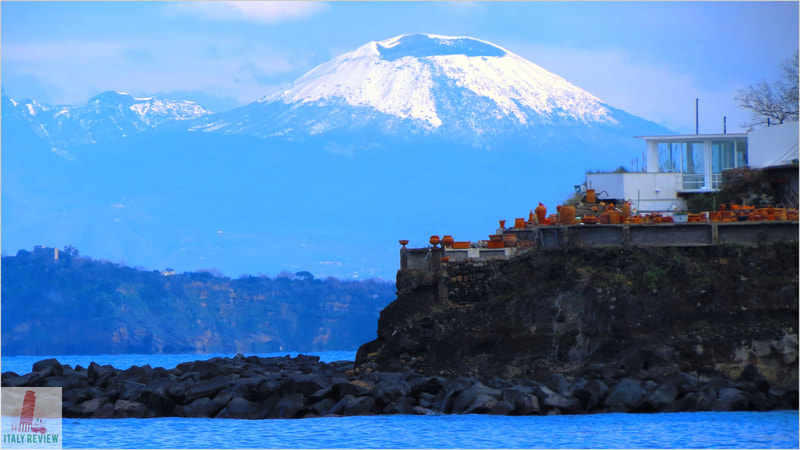MOUNT VESUVIUS
Latest update: 19 March 2022
|
Mount Vesuvius is one of the most famous volcanoes in the world, partly due to the eruption in 79 AD that caused the demise of the cities of Pompeii and Herculaneum as well as claiming the lives of around 16,000 people.
Measuring 1.2 kilometres in height, it is possible to get within 200 metres of the summit by road. |
|
Related links
From the point where the road stops, it's possible to complete the distance on foot with a series of paths.
The eruption of 79 AD was one of the biggest of any volcanic eruption in world history with a cloud of ash, stones and fumes hurled more than twenty miles into the air. The thermal energy force was measured at around a hundred thousand times stronger than that of the Hiroshima bomb.
The last eruption occurred in 1944 but was not to the same level of power by that of 79 AD.
The eruption of 79 AD was one of the biggest of any volcanic eruption in world history with a cloud of ash, stones and fumes hurled more than twenty miles into the air. The thermal energy force was measured at around a hundred thousand times stronger than that of the Hiroshima bomb.
The last eruption occurred in 1944 but was not to the same level of power by that of 79 AD.
|
|







